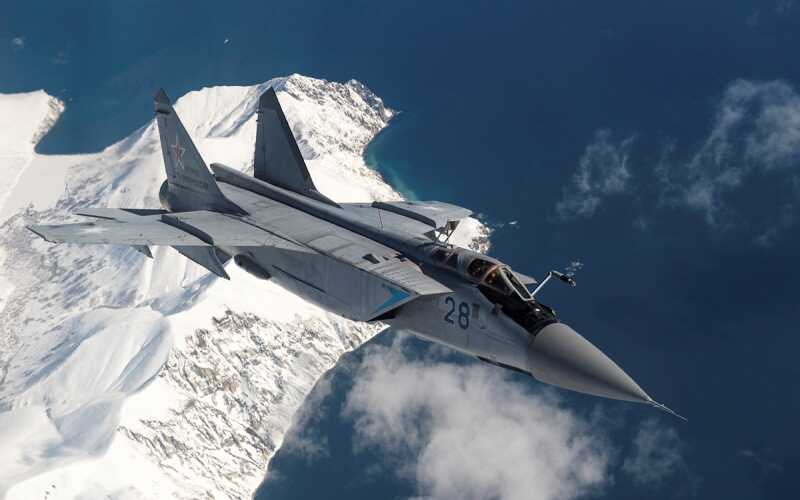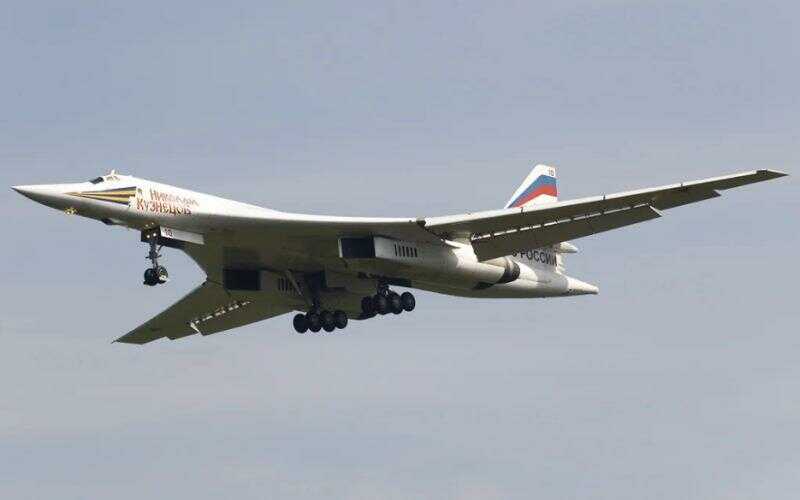S-400 Triumf Air Defence Missile System
 |
| (Sergei Malgavko/TASS) |
The S-400 Triumf (Translation: Triumph; NATO reporting name: SA-21 Growler), previously known as the S-300PMU-3, is an anti-aircraft weapon system developed in the 1990s by Russia's Almaz Central Design Bureau as an upgrade of the S-300 family.
 |
| (via rbth.com) |
It has been in service with the Russian Armed Forces since 2007.
The development of the S-400 system began in the late 1980s, and the system was announced by the Russian Air Force in January 1993. On 12 February 1999, successful tests were reported at Kapustin Yar in Astrakhan, and the S-400 was scheduled for deployment by the Russian army in 2001.
 |
| (@IA_REX) |
The S-400 Triumf air defence system integrates a multifunction radar, autonomous detection and targeting systems, anti-aircraft missile systems, launchers, and command and control centre. It is capable of firing three types of missiles to create a layered defence.
 |
| (via eurasiantimes.com) |
The system can engage all types of aerial targets, including aircraft, unmanned aerial vehicles (UAV), and ballistic and cruise missiles, within the range of 400 km at an altitude of up to 30 km.
The system can simultaneously engage 36 targets.
 |
| (via shnyagi.net) |
The S-400 is twice as effective as the previous Russian air defence systems and can be deployed within five minutes. It can also be integrated into the existing and future air defence units of the airforce, army and navy.
 |
| (via x-true.info) |
The S-400 missile system uses four new missile types in addition to the missiles of the S-300PMU system. The first missile inducted for the system was the 48N6DM (48N6E3). It is an improved variant of the 48N6M with a powerful propulsion system. The missile can destroy airborne targets within the range of 250 km.
The 40N6 missile of the S-400 has a claimed range of 400 km and uses active radar homing to intercept air targets at great distances. It can be launched against AWACS, J-STARS, EA-6B support jammers and other high-value targets.
 |
| (via artfile.me) |
The S-400 Triumf also launches 9M96E and 9M96E2 medium range ground-to-air missiles. Designed for direct impact, the missiles can strike fast moving targets such as fighter aircraft with a high hit probability. The maximum range of the 9M96 missile is 120 km.
 |
| SEVASTOPOL, RUSSIA - JANUARY 13, 2018: S-400 Triumf surface-to-air missile systems of the Russian Southern Military District's missile regiment on combat duty. (Sergei Malgavko/TASS) |
The 55K6E command and control system of the S-400 Triumf is based on the Ural-532301 mobile command post vehicle. The command post is equipped with LCD consoles to process the air space surveillance data of the individual batteries. It controls and monitors long-range surveillance radar, tracks airborne threats, prioritises the threats, and coordinates other batteries.
The system is also capable of exchanging data with other defence systems such as SA-12, SA-23, and S-300.
 |
(via doblest.club)
|
The fire control and target tracking radar of the S-400 is the 92N6E (Nato Codename: Gravestone). The radar is based on the MZKT-7930 8×8 vehicle. The 96L6 Cheese Board 3D surveillance and tracking radar is optionally carried by the same vehicle when the S-400 battery is deployed autonomously.
The 91N6E Big Bird acquisition and battle management radar of the S-400 is based on the 8×8 trailer. The radar can detect and track aircraft, rotorcraft, cruise missiles, guided missiles, drones and ballistic rockets within the distance of 600 km. It can simultaneously track up to 300 targets.
 |
S-400 Triumf surface-to-air missile systems as an anti-aircraft military unit of the Russian Air Force and the Russian Southern Military District (Getty - Contributor)
|
The SP85TE2 launchers are based on the BAZ-64022 6×6 tractor truck or MAZ-79100 series Transporter-Erector-Launcher (TEL) vehicle. The TEL vehicle can carry up to four launch tubes holding a mix of missiles.
 |
(via rbth.com)
|
In 2017, the S-400 was described by The Economist as "one of the best air-defence systems currently made", and Siemon Wezeman of Stockholm International Peace Research Institute (SIPRI) said it "is among the most advanced air defense systems available." China, Saudi Arabia, Turkey, India, and Qatar expressed their appreciation for the S-400 system, and China was the first foreign buyer to make a government-to-government deal with Russia in 2014.
 |
(via theindianwire.com)
|
S-400 Triumf launch vehicle specifications
- Engine: YaMZ-8424.10 Diesel V12 400 HP/294kW
- Transmission: YaMZ
- Suspension: Leaf spring
- Ground clearance: 485 mm
- Operational range:
- 400 km (40N6E missile)
- 250 km (48N6 missile)
- 120 km (9M96E2 missile)
- 40 km (9M96E missile)


























































